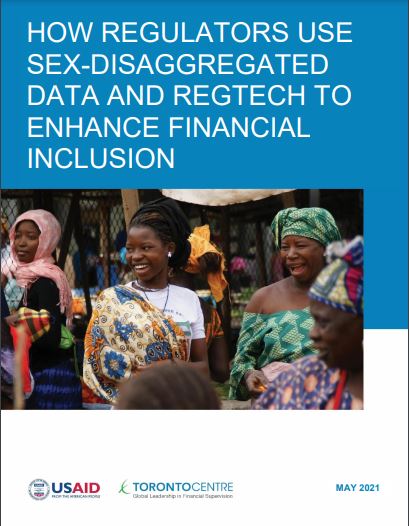How Does Social Security Reform Indecision Affect Younger Cohorts?
By John B. Shoven, Sita Slavov, John G. Watson The Social Security trust fund will be exhausted in the early 2030s. The U.S. government will need to make a choice about how to address the impending trust fund exhaustion, but it is unclear what it will choose to do. This indecision leaves young and middle-aged workers not knowing whether they will face Social Security benefit cuts, payroll tax increases, or an increase in the full retirement age. This uncertainty about...










